Category: SS Lesson – Doctrine and Covenants
-
Lit Come Follow Me: D&C 37-40 — Gathering, Fears and Cares
Poems about the Gathering, preparation in order to ally our fears, and the cares of the world, to accompany the Come Follow Me lesson for April 12 to 18.
-
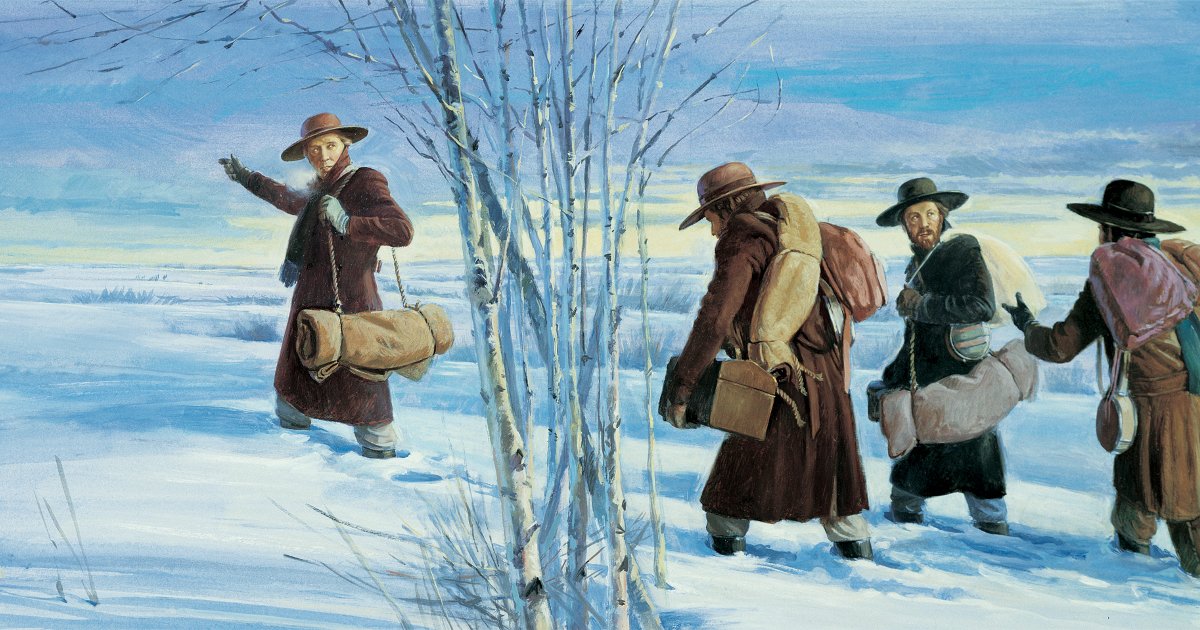
Lit Come Follow Me: D&C 30-36 — Missions and Family Relationships
The seven sections of the Doctrine and Covenants covered by this week’s Come Follow Me lesson discuss, in general, missionary work and the subsequent benefits of membership in the Kingdom. The first five of these sections include missionary calls to David Whitmer, Peter Whitmer Jr., John Whitmer, Thomas B. Marsh, Parley P. Pratt and Ziba…
-

Lit Come Follow Me: D&C 29 — Gathering and the Plan of Salvation
Two poems to enhance study of the Come Follow Me lesson for D&C 29, which covers both the Gathering and the Plan of Salvation. The poems are Eugene A. Rooch’s Come, Gather to Zion and Joseph L. Townsend’s Among the Ancient Indian Mounds
-
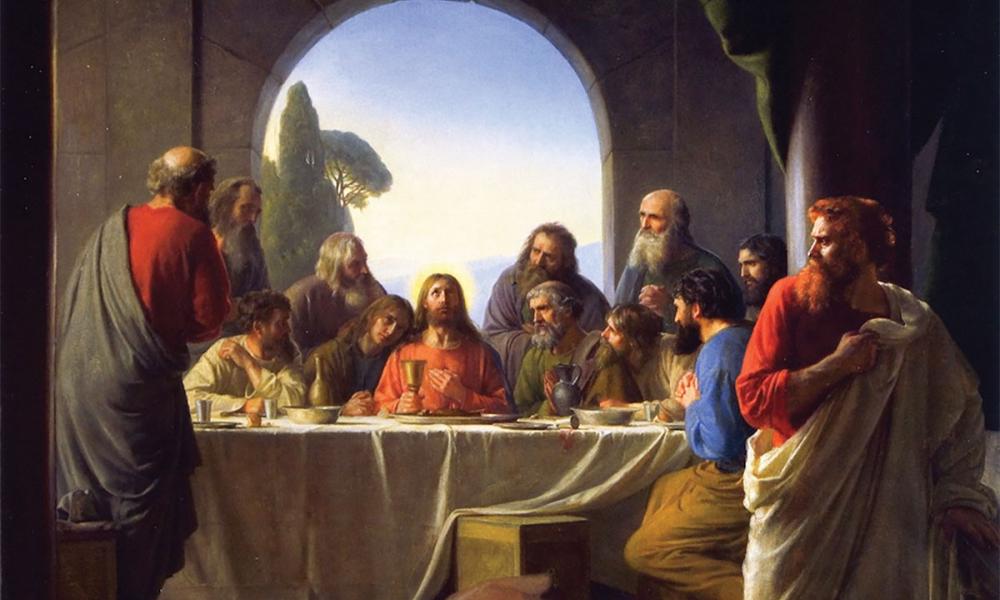
Lit Come Follow Me: D&C 27-28 — Sacrament and Supremacy
A function of revelation is clarifying confusion and what isn’t clear. And this function is displayed in the two sections of the Doctrine and Covenant’s covered in this coming week’s Come Follow Me lesson. In Section 27, we learn that it isn’t necessary to use wine in the sacrament (and, in fact, “it mattereth not…
-
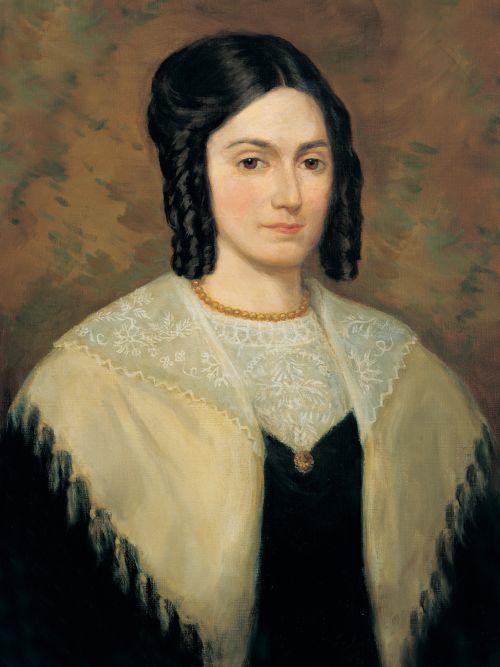
Lit Come Follow Me: D&C 23-26
One often forgotten feature of the Doctrine and Covenants is the very personal nature of many of its revelations. This week’s Come Follow Me lesson includes several sections of these revelations, including the unusual compilation of revelations found in section 23, which was given serially to Oliver Cowdery, Hyrum Smith, Samuel H. Smith, Joseph Smith,…
-
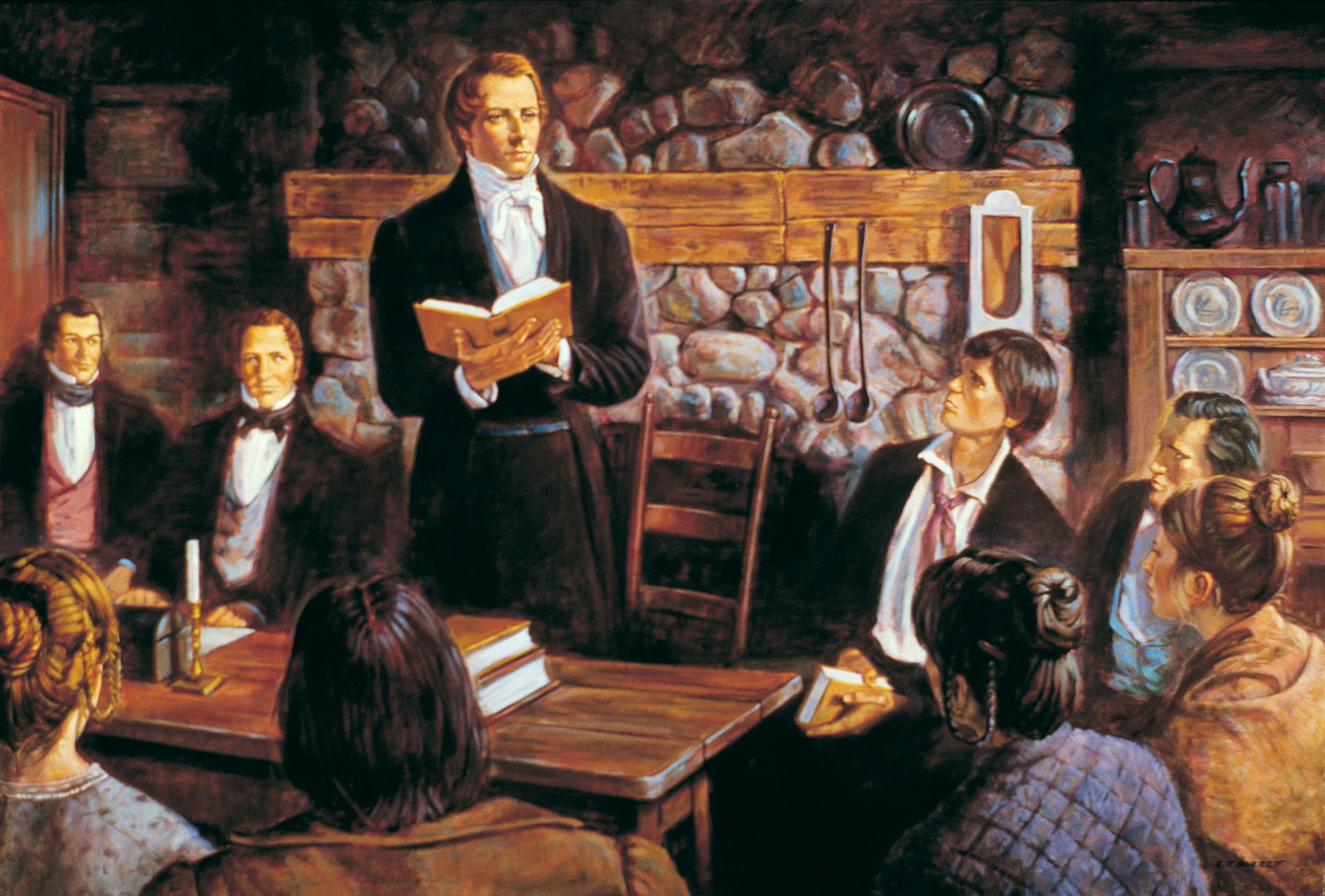
Lit Come Follow Me: D&C 20-22
Administrative acts don’t always get the same attention that ordinances and more dramatic events. And in comparison to the First Vision, the Martyrdom and a number of other events, the organization of the Church doesn’t get as much attention. This is also true in poetry. But even so, there are poems that mention the organization…
-

Lit Come Follow Me: D&C 18-19
The sections of the D&C covered in this week’s Come Follow Me lesson are apparently about the calling of the twelve apostles and paying for the Book of Mormon. But they also include themes that don’t directly bear on these purposes. Perhaps the most important theme is the call for repentance, and the subsequent forgiveness.…
-
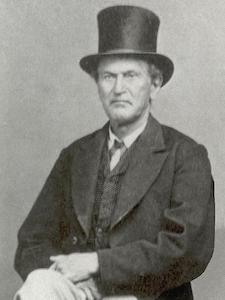
Lit Come Follow Me: D&C 14-17
This week’s Come Follow Me lesson includes several similar sections of the Doctrine and Covenants: three revelations to David Whitmer, John Whitmer and Peter Whitmer, Jr., who have asked the Lord where they should focus their efforts. The fourth section in this lesson is essentially the call to David Whitmer, Martin Harris and Oliver Cowdery…
-
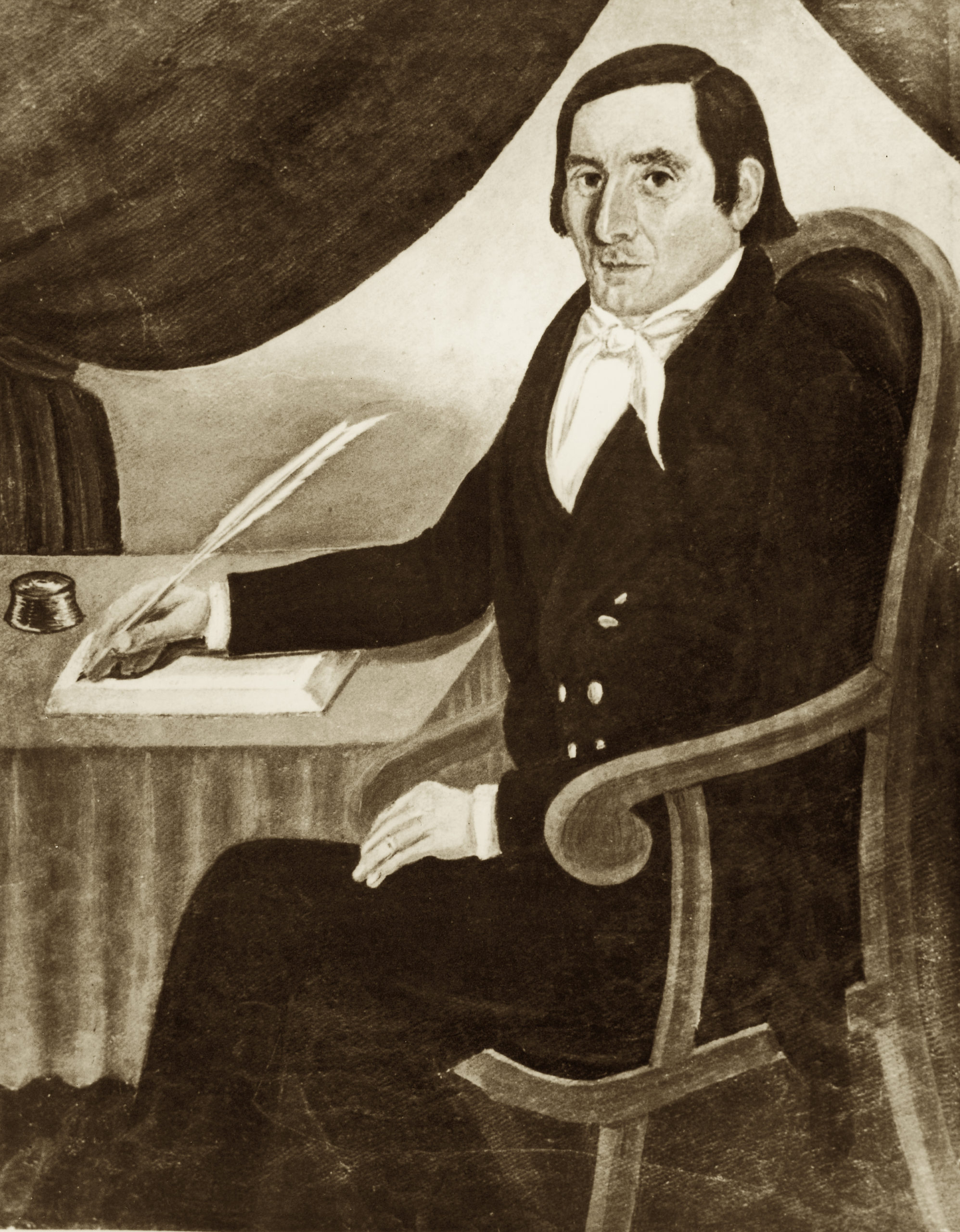
Lit Come Follow Me: D&C 12-13
The two sections of the D&C for the next Come Follow Me lesson are both quite short, but the second covers one of the most significant events in Church history—the visit of John the Baptist restoring the Aaronic Priesthood and the ordinance of Baptism, found in section 13. But before that, in section 12, we…
-
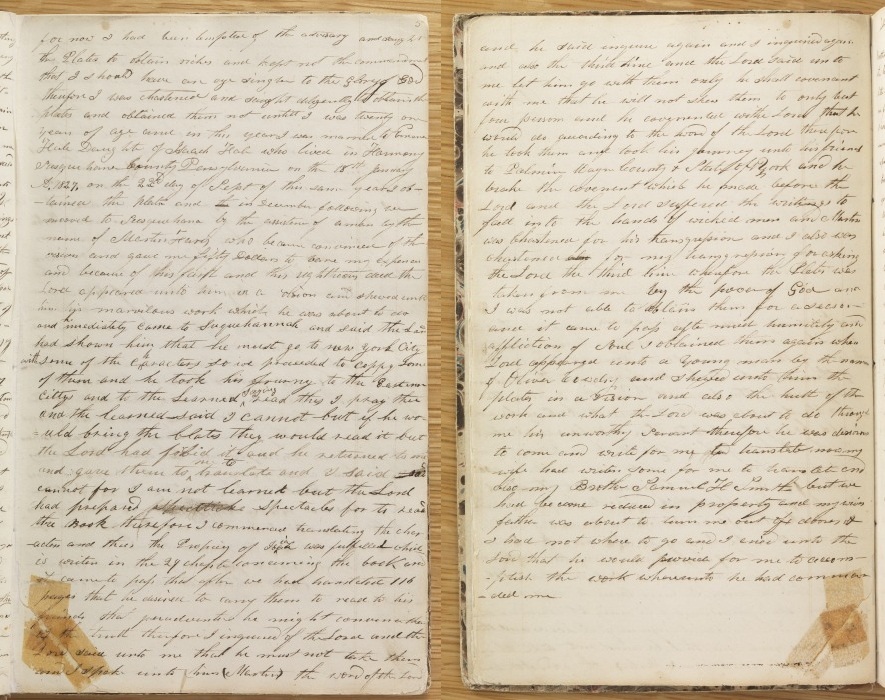
Lit Come Follow Me: D&C 10-11
The two sections in this week’s Come Follow Me lesson seem very different. The first, section 10, concerns the aftermath of the loss of the 116 manuscript pages containing the initial translation of the Book of Mormon. In contrast, section 11 is a revelation of advice to Hyrum Smith. But in both of them is…
-
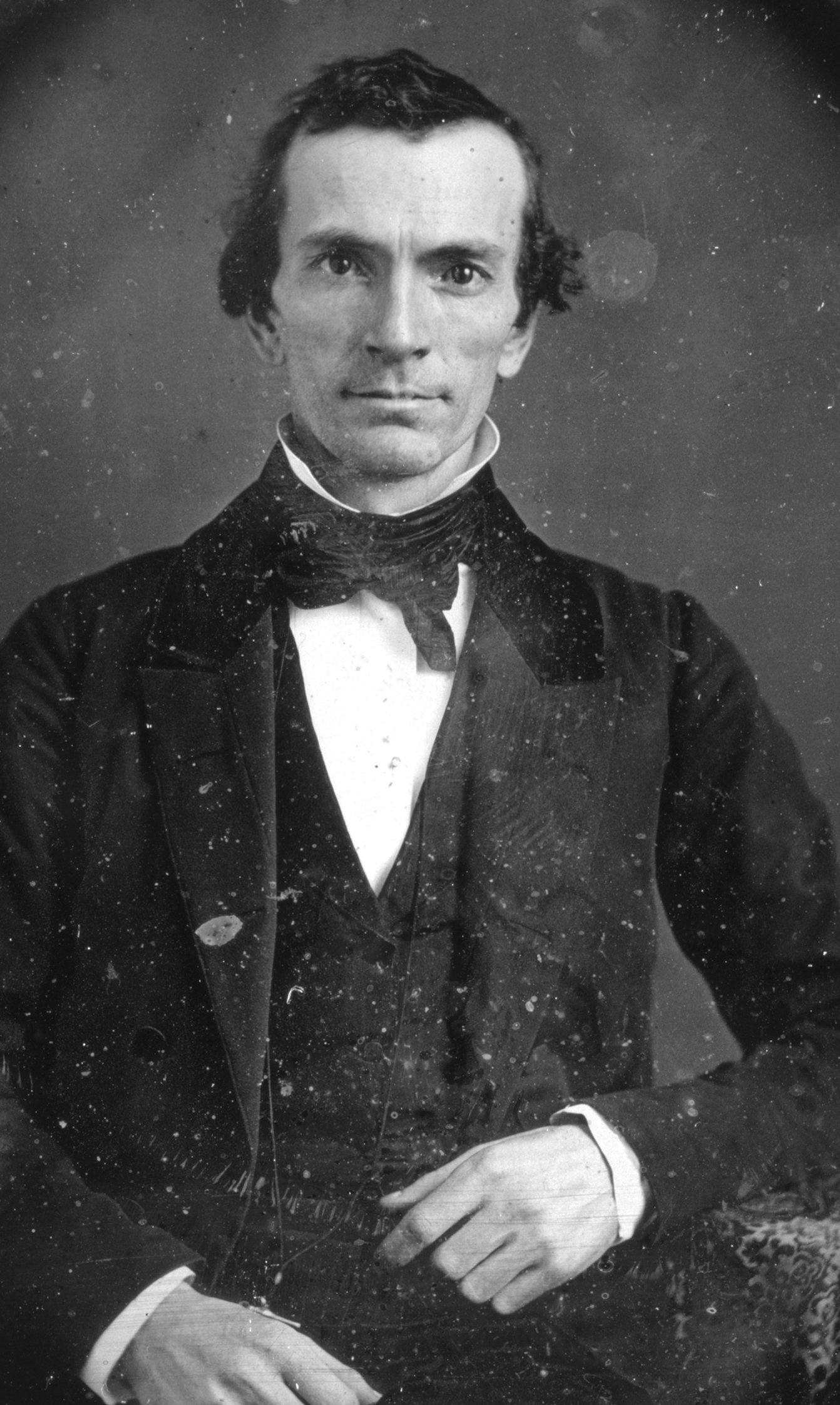
Lit Come Follow Me: D&C 6-9
The central character in this week’s D&C sections is Oliver Cowdery, the primary scribe and assistant to Joseph Smith in the translation and publication of the Book of Mormon. In our mythology[1. I would hope that my use of “mythology” isn’t interpreted as a suggestion that the story is false. I don’t believe that.], we…
-

Lit Come Follow Me: D&C 3-5
In the three sections covered in this week’s Come Follow Me lesson we go with Martin Harris from the 116 pages to being a witness, with a detour to Joseph Smith Sr. and what it means to serve God. While I haven’t found poems that mention the events associated with these sections, there are a…
-
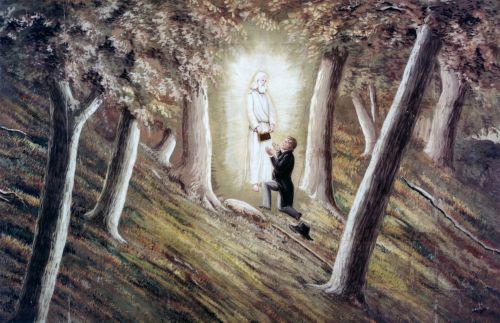
Lit Come Follow Me: D&C 2
This coming week’s Come Follow Me lesson discusses the events surrounding the coming forth of the Book of Mormon, including the visits of Moroni to Joseph Smith and the scripture’s translation and publication. Like other early events in the restoration, these events have been portrayed artistically many times, and will undoubtedly be portrayed many more…
-
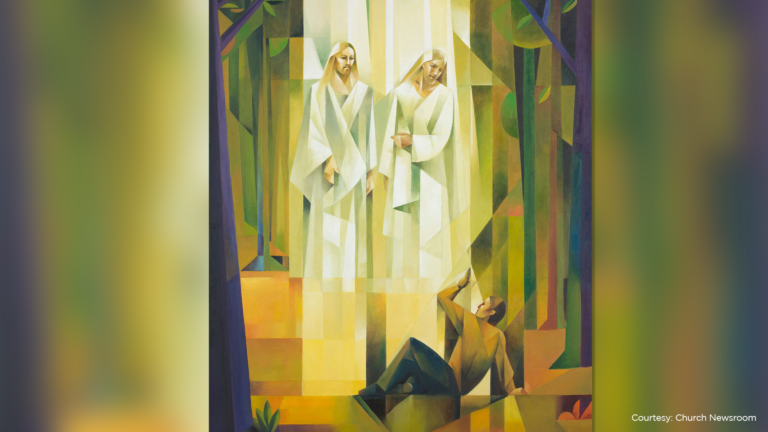
Lit Come Follow Me: D&C —Joseph Smith History 1
In the second lesson for this year, the Come Follow Me curriculum turns to Joseph Smith-History in order to include a brief look (over two lessons) at the origins of the restoration. For most Church members, the story is very familiar, and the principles taught are well-covered material. And, as you might imagine, the events…
-
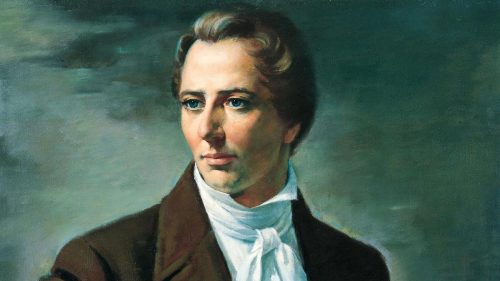
Lit Come Follow Me: D&C Section 1
The first section of the Doctrine and Covenants is meant to be its preface; an outline of both its reason for existing and its purpose. Presented at a conference of the Church in November, 1831, Section 1 was given and composed specifically because the church was compiling the revelations Joseph Smith had received and was…
-

New Series: Literary Come Follow Me D&C
I’m launching a new series of posts with poetry to go with the 2021 Come Follow Me lessons for the Doctrine and Covenants
-
“By his own admission”: a one-footnote review
John Hammond’s Quest for the New Jerusalem: A Mormon Generation Sagastates that Sidney Rigdon, “by his own admission, ‘made up’ religious experiences in his youth,” which seems like something worth looking into.
-
Sacrament Prayers: A Close Reading
A while ago my dad had pointed out some features of the sacrament that somehow I’d missed in all the years I’d been partaking. A few of these were examples of something that’s right before you the whole time yet somehow you still miss. I thought I’d share them with you. We get our sacrament…
-
Literary DCGD #46: Zion
Perhaps the most difficult issue in discussing the idea of Zion is defining exactly what we mean. Even though D&C Gospel Doctrine lesson #46 is titled “Zion—The Pure in Heart,” its first section is titled “The word Zion has several meanings” and lists no less than six. Of these, I’ve seen evidence in Mormon poetry…
-
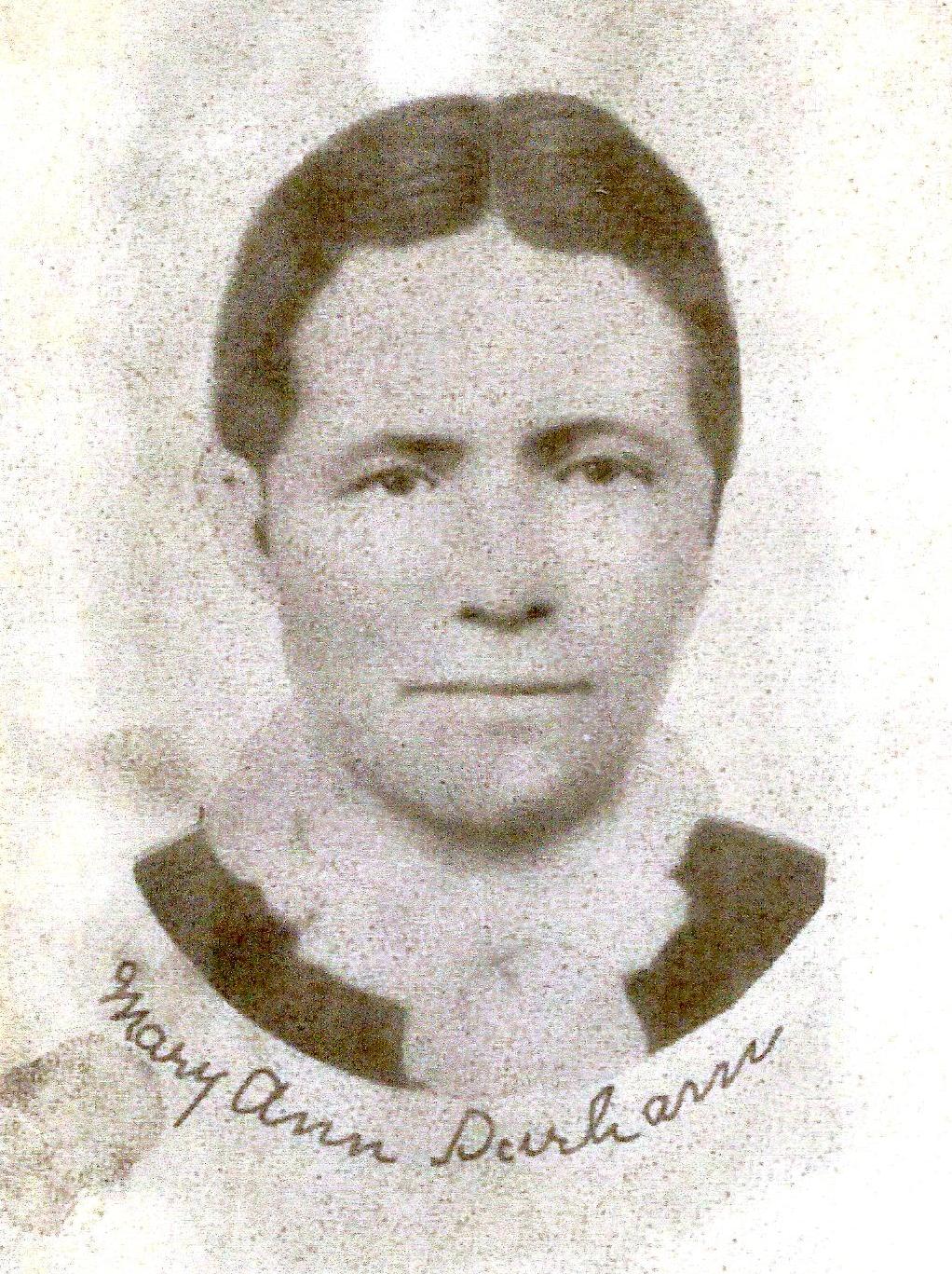
Literary DCGD #45: Marriage
The Mormon conception of marriage is central to our theology and understanding of the next life. We see marriage as the beginning of eternal families, and a key element of eternal progression. Doctrine and Covenants Gospel Doctrine lesson #45 explores this belief, but, I think, doesn’t quite get at how or why marriage might be…
-
Literary DCGD #44: The Nauvoo Legion
Mormons believe in being good citizens, and Doctrine and Covenants Gospel Doctrine lesson #44 discusses a little how that is supposed to work. We are supposed to participate, obey the law and to serve others in our communities. But are there limits on this responsibility? How much should we give to our communities? Are there…
-
Literary DCGD #43: Entreaty
What exactly is the “whole armor of God?” Lesson 43 of the Doctrine and Covenants Gospel Doctrine manual explores this concept, drawing from D&C 27:15-18, and its inspiration, Ephesians 6:13-18. But while both these scriptural texts point to principles that represent various pieces of body armor, its sometimes hard to see how these principles actually…
-
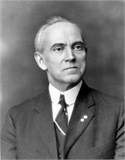
Literary DCGD #42: The Prophet Turned the Key
The Mormon belief in continuing revelation (the subject of Doctrine and Covenants Gospel Doctrine Lesson #42) is rare if not unique among Christian religions, and it is one of the features of Mormonism most promoted. What is perhaps less discussed is the range of meanings of this term in Mormonism. We use it to mean…
-
Literary DCGD #41: Lines on the Death of Lorenzo D. Barnes
The idea that every member is a missionary depends on a certain kind of commitment to the Church. For the Church to make the kind of progress outlined in D&C Gospel Doctrine Lesson 41 missionaries, even member missionaries, must be willing to make the sacrifices necessary. Recently, the level of commitment that some missionaries end…
-
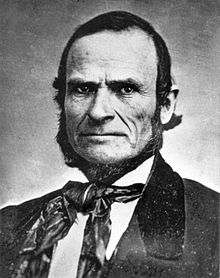
Literary DCGD #40: Baptism for the Dead
Temple and Family History work (discussed in Gospel Doctrine lesson #40) are perhaps the most unique of LDS doctrines. The doctrine behind them solves both the problem of making salvation universally available and the need for high-church ceremony in a religion that focuses on low-church ideals in its regular worship. The origin of this doctrine…
-
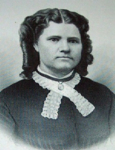
Literary DCGD #39: The Records of Our Dead
The doctrine of baptism for the dead is unique to Mormonism among religions today. Our focus on performing ordinances on behalf of those who haven’t been part of the Church in this life leads us to genealogical research to discover enough information to distinguish between individuals, and sometimes even allowing us to discover who our…
-
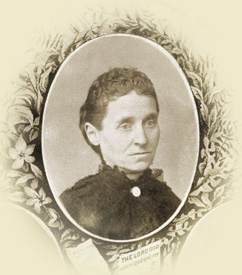
Literary DCGD #38: Song of the Sisters of the Relief Society
Often when we discuss the principles of welfare today, we talk as if the whole idea of welfare developed in the 1930s, along with the current program. In reality, before the current program caring for the needy, poor and promoting self-reliance were largely the purview of the Relief Society. And so it is a Song…
-
Literary DCGD #37: Lines suggested by reflections on Joseph Smith
In Mormonism our definition for the term Prophet is usually more specific than that employed outside of the Church. To us, a prophet is not only someone who has been inspired to prophesy, but it is also the president of the Church, the leader called to preside over the membership, the person who is to…
-
Literary DCGD #36: Past, Present, Future
The place of Utah in LDS history is occasionally a topic of lessons like Doctrine and Covenants Gospel Doctrine lesson 36. And while today not all church members live in Utah or want to live there or feel that it is a place to admire, still, it is hard to argue with the fact that…
-
Literary DCGD #35: Wakeful Winter Nights
In recent years the attention on the tragedy of the Martin and Willie handcart companies seems to have increased. Their situation and rescue has been the subject of books and movies (and lessons) in a process that seems to mythologize the events. The current lesson (#35 in the Doctrine and Covenants Gospel Doctrine manual) explores…
